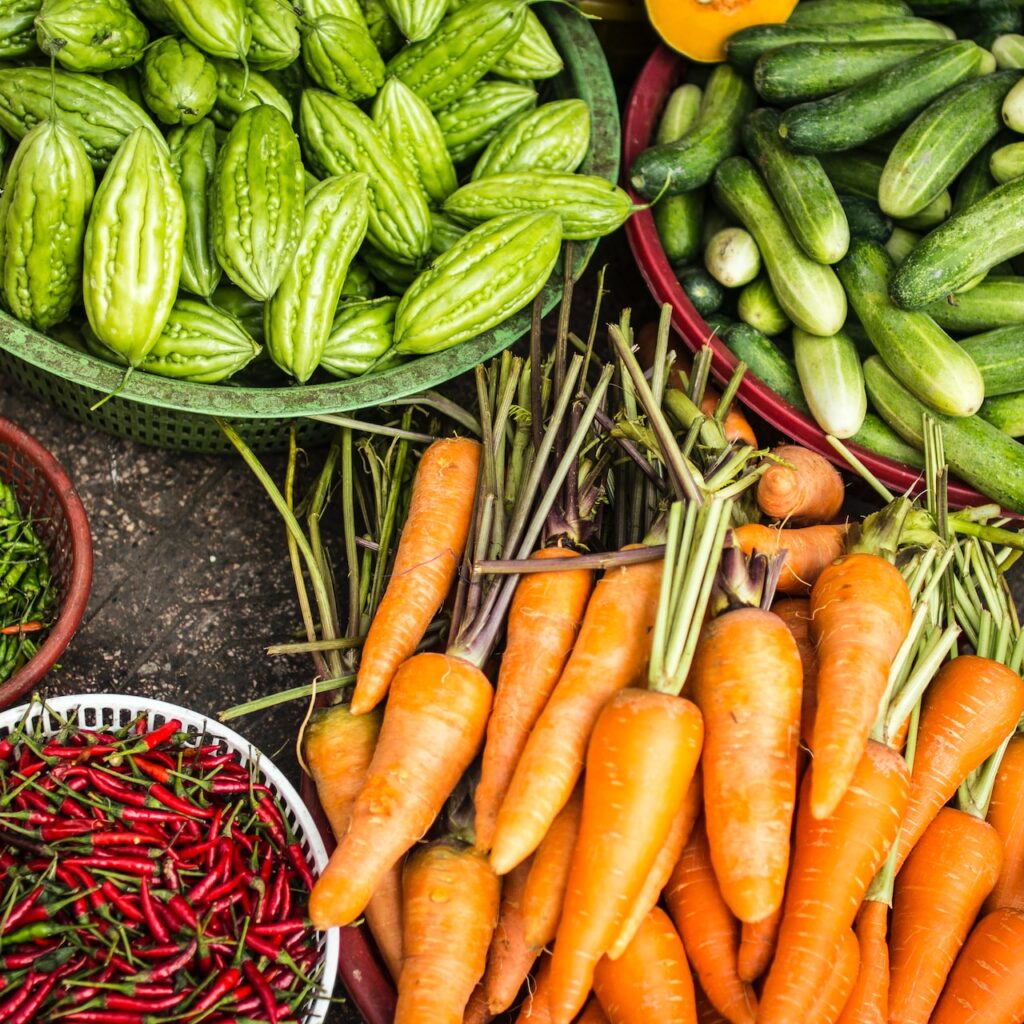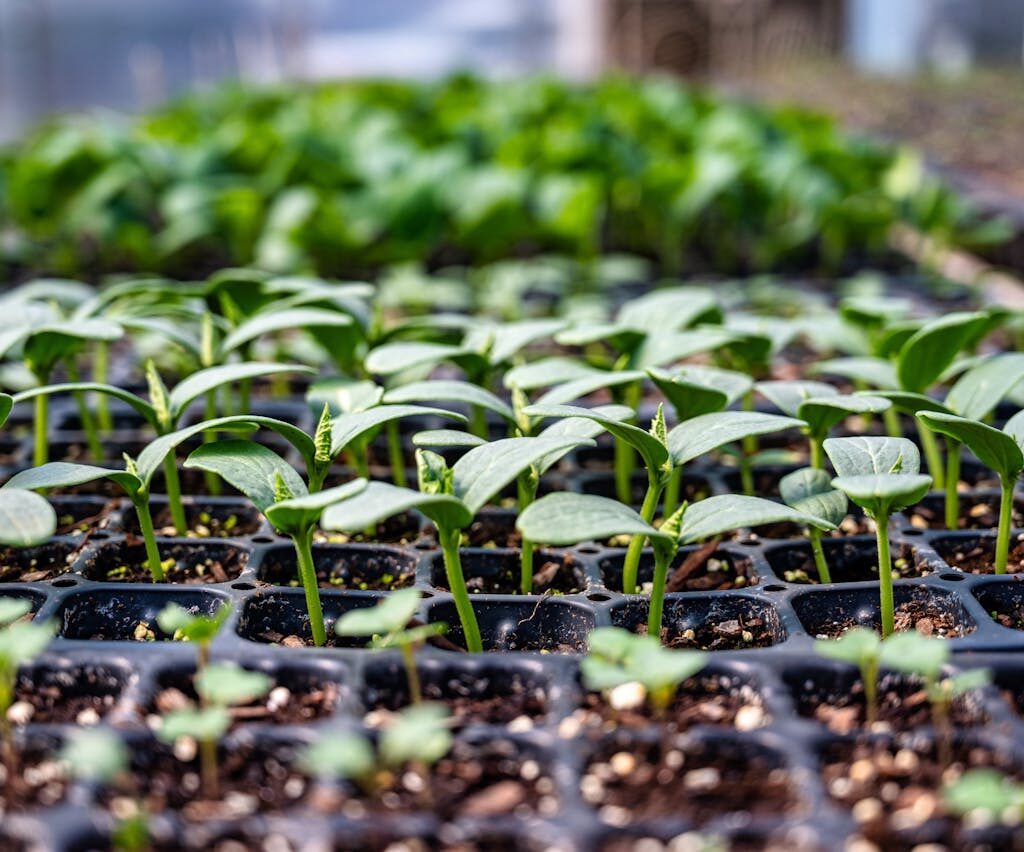What is a landrace?
The term “landrace” refers to a traditional plant variety that has been grown by farmers for many years, frequently in a particular area or locale.
These crops have genetic characteristics that make them especially well-suited to survive in their particular ecosystem because they have been naturally developed to the specific environmental circumstances of their region over time.
Landraces were crucial in the creation of modern agriculture and served as a reliable food source for societies throughout human history.
Importance of landraces
Unlike modern commercial crops, which have been selectively bred and genetically modified for specific traits such as higher yields or resistance to pests and diseases, landraces are typically the result of natural selection and farmer-driven selection.
This indicates that they are frequently better able to adapt to shifting environmental factors, including local soils, climate, and pests.
Landraces also frequently exhibit a broader variety of genetic features, which can contribute to an increase in genetic diversity overall and lower the chance of crop failure brought on by disease or other stressors.
a) Landraces can enhance food security
The contribution that landraces provide to enhancing food security is one of their key advantages. The need for food is rising quickly as the world’s population expands, and conventional farming practices are finding it difficult to keep up.
Landraces can assist in overcoming this difficulty by offering a dependable and varied food source that is tailored to regional conditions. Landraces can also assist advance sustainable agriculture by lowering the need for pricey inputs like pesticides and fertilizers and by minimizing the negative effects of agriculture on nearby ecosystems.
b) Landraces maintain biodiversity
The function that landraces play in maintaining biodiversity is another important advantage. The expansion of modern agriculture frequently results in the eradication of traditional crops and the homogenization of genetic diversity.
By preserving and spreading rare and distinctive genetic features, landraces can aid in the preservation of this diversity. Landraces can also contribute to the preservation of local communities’ cultural heritage by conserving traditional agricultural methods and the associated knowledge.
Threat of extinction
Despite the fact that they have many advantages, landraces frequently face extinction. Several indigenous crops have been supplanted by commercial types as modern agriculture has grown, and landrace cultivation has decreased.
Landraces are also seriously threatened by environmental deterioration, climate change, and the eviction of rural inhabitants.
Ecogerm’s mission
To combat these issues, initiatives are being made to encourage the preservation and application of landraces. This includes establishing seed banks to preserve and disperse landrace seeds, promoting the cultivation and consumption of landrace foods, and recording landrace-related traditional knowledge. This is at the center of our activities at Ecogerm.
We can contribute to ensuring a resilient and sustainable food system that benefits both local communities and the global population by striving to maintain and promote landraces.
In conclusion, landraces are a crucial part of secure food production and sustainable agriculture. They support biodiversity and cultural heritage preservation while providing exceptional genetic variety and resilience.
Unfortunately, they are also in danger of going extinct, thus proactive conservation measures are needed to guarantee their future. We can contribute to the development of a future food system that is more robust and sustainable by striving to promote the use of landraces.
If you have ideas on how to achieve this goal or wish to support this mission, don’t hesitate to contact us.


